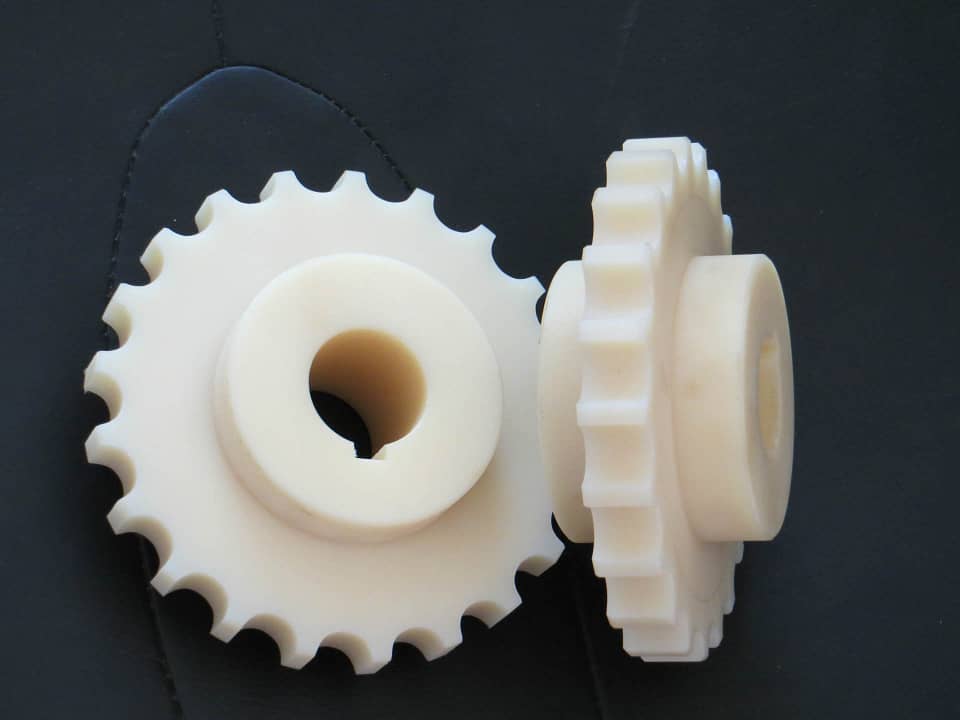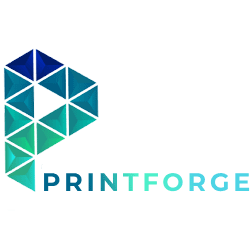
nylon 3D printing
Nylon 3D printing is a specific type of 3D printing that utilizes nylon-based filaments to create three-dimensional objects. Nylon, also known as polyamide, is a strong and versatile thermoplastic material widely used in various industries due to its excellent mechanical properties and durability.
Here are some key points about nylon 3D printing:
1. Material Properties: Nylon filaments used in 3D printing exhibit high strength, toughness, and flexibility. They have good impact resistance, chemical resistance, and can withstand high temperatures compared to other common 3D printing materials such as PLA or ABS.


2. Printing Process: Nylon 3D printing can be performed using different 3D printing technologies such as Fused Filament Fabrication (FFF) or Selective Laser Sintering (SLS). In FFF, the nylon filament is fed into a heated extruder, which melts the material and deposits it layer by layer to form the object. In SLS, a laser selectively fuses powdered nylon material to create the object layer by layer.
3. Advantages: Nylon 3D printed parts offer several benefits, including high strength-to-weight ratio, flexibility, and resistance to impact and wear. Nylon parts can withstand mechanical stress, making them suitable for functional prototypes, end-use parts, and applications that require durability and toughness.
4. Applications: Nylon 3D printing finds applications in various industries, including automotive, aerospace, consumer goods, engineering, and manufacturing. It is used to produce functional prototypes, tooling, jigs and fixtures, gears, casings, and complex parts that require a combination of strength, flexibility, and durability.
5. Considerations: Nylon has unique printing considerations. It tends to absorb moisture from the environment, so proper storage and drying of nylon filaments are important to maintain print quality. Nylon also requires higher printing temperatures compared to some other materials, so a 3D printer capable of reaching those temperatures is necessary.


6. Post-Processing: After printing, nylon parts may require post-processing steps such as sanding, polishing, or chemical smoothing to achieve the desired surface finish. Additionally, nylon can be dyed or painted to enhance aesthetics.
Nylon 3D printing offers a reliable and versatile method for creating strong and functional parts with excellent mechanical properties. It has gained popularity in industries that require durable and impact-resistant components.
Contact us
E : printforged@gmail.com T : +91-83768 42992
IF YOU HAVE QUESTIONS PLEASE
CONTACT US
Fill fields and find approximate your repair
